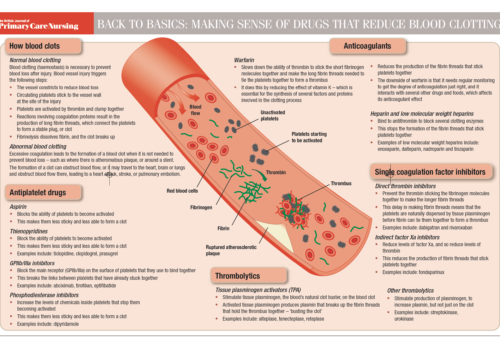Modern treatments available to people with diabetes enable the 1.3 million living with the condition in England alone to minimise and control its impact on their daily lives like never before. But what happens when a person with diabetes develops intercurrent illness, such as a cold or flu? We review the steps to take to ensure that these patients maintain good glycaemic control throughout the ups and downs of other health challenges.
Cardiac Resynchronisation: A New Approach To Managing Chronic Heart Failure
Heart failure affects around three in every hundred people aged 65 to 74 years, and increases with age. About 40% of patients with heart failure will die within one year of diagnosis, underlining the need for prompt diagnosis and effective therapy. In this article we explore what goes wrong in heart failure, and how cardiac resynchronisation can help.
Beating the post-MI blues: improving detection and treatment of depression after a heart attack
Depression after myocardial infarction (MI) is extremely common, affecting almost half of all patients. The combination of MI and depression reduces the chance of recovery and makes it much more likely that patients will have another cardiac event. Depressed patients are also less likely to get back to work and they use health services more than those who are not depressed. We carried out a survey to investigate the perceptions, attitudes and skills of primary care practitioners in recognising and treating depression in patients following an MI to explore how this important co-morbidity is managed in practice. Readers of the British Journal of Primary Care Nursing (BJPCN) were invited to participate in an online survey, together with readers of the Primary Care Cardiovascular Journal. The survey results show that although primary healthcare practitioners realise that depression after MI is a significant problem, many underestimate quite how common it is and have received little or no training in recognising or managing depression.
Back to Basics: Making sense of drugs that reduce blood clotting
All change for the NHS; but stay as you were for practice nurses
All change’ is hitting the NHS once again. The coalition government’s health white paper shifting commissioning to primary care has prompted headlines predicting ‘the end of the NHS’. There is no doubt that the next few years will see massive change, but patients will still need looking after, and this is where practice nurses will continue to do what we have always done best – providing effective education and care. And the BJPCN will continue to support you in this – with evidence-based information and practical tips on the management of patients with cardiovascular disease and diabetes.
Looking at evidence with detached objectivity
An international perspective on cardiovascular risk management: recommendations for high-risk patients
An international perspective on cardiovascular risk management: recommendations for high-risk patientsD Duhot, E McGregor, Diana Gorog, C Packard
Bariatric surgery: an effective quick fix to prevent the complications of morbid obesity or prelude to long-term problems?
Continuous glucose monitoring: friend or foe?
Glucose monitoring has revolutionised the management of diabetes by providing the means for patients to check their blood glucose level in real time. This review provides an update on continuous glucose monitoring, looks at the devices available and analyses what the strategy adds to diabetes management.
Making the numbers add up: diagnosing the one in four UK adults with hypertension
Hypertension – high blood pressure – is one of the key ingredients in the recipe for cardiovascular disease (CVD). Since April 2009 all patients diagnosed with hypertension should have a cardiovascular risk assessment carried out in order to meet the requirements of the Quality and Outcomes Framework (QOF). This reflects the importance of hypertension as a risk factor for CVD. In this article, we will review the correct method for measuring blood pressure and the key guidelines setting out how and when a diagnosis of hypertension should be made.
Water, water everywhere: maintaining a healthy fluid balance
As health professionals, we can spend considerable time encouraging patients to think about what they eat and how their diet affects their health. But we tend to focus less on what they drink, which is perhaps surprising because fluid intake also plays a vital role in maintaining good health.
Helping people to quit smoking
Helping people who smoke to quit is one of the most important steps we can take in reducing their risk of cardiovascular disease, in addition to reducing the other harms caused by smoking.






















